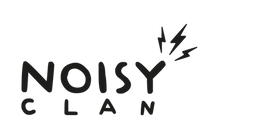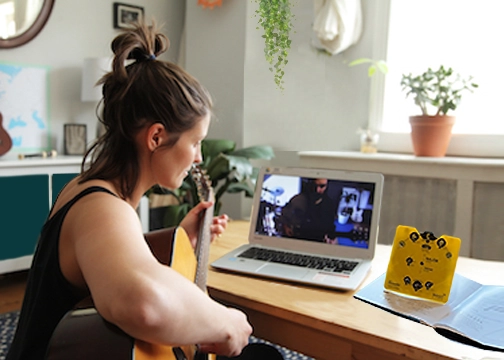Starting from a rhythm is a great way to create a song. The beat and rhythm of a song really crystallises the mood and energy of what you are trying to create. Think of a waltz, march, tango, salsa, flamenco, bossa nova, rock & roll, swing, all initially defined simply by choosing a rhythm.
Rhythm and beat are two different but related elements. The beat is the underlying regular pulse that serves as the foundation of a piece of music. It is the steady, recurring pattern of accents or emphasis that gives a sense of regularity and timing to the music (see bottom of the blog for an in-depth explanation). The rhythms within a song play around and through the beat. They are patterns of varying durations of actual notes. Music can have complex rhythms and syncopations that interact with or go against the underlying beat, adding interest and complexity to the song.
The beat of a song is truly one of the most fundamental elements of music. My kids will tell you how often they were reminded to count the beats. In performance, you can miss notes, add wrong notes, and make all sorts of mistakes. Usually, these pass a listener by, but drop the beat, and the entire audience will sit up and wonder what happened.

First, we need a groove. Our goal is to have a rhythm that we can do our creative songwriting over. The first step is to choose a beat or tempo. What mood and feel are you hoping for? Listen to songs you want to emulate. Are you going for laidback or energetic? What is their tempo? Use those as a starting point.
We have a tempo. Now let’s create a rhythm. There are lots of ways to do this. I would recommend having a way to loop whatever rhythm you create. You will want to be able to playback the rhythm while noodling over it. If you can do both simultaneously, I salute you. I personally need to record something and have it loop over and over to allow me to goof about and experiment over the top of it.
There are innumerable ways to get a rhythm loop:
- Record yourself clapping or singing
- Use the built in loops on your favourite DAW (Digital Audio Workstation)
- Build your own loop in a DAW
- Sample a beat from another song
- Buy beats from SoundCloud or other loop sites
- Use a drum machine. Physical, online or app versions. My favourite is an iOS app called “Patterning”
Now that you have a beat/rhythm, play it on loop. Listen to it over and over. See how it makes you feel. Start reacting to it. Start with words and find a snippet of words (they don’t need to make sense) that have a rhythm that works with your loop.
“Yo, I’ll tell you what I want, what I really, really want”. It is hard not to immediately start singing. “Wannabe” from the Spice Girls (1996) is a great example of a rhythmic lyrical section. This section repeats a number of times throughout the song. There is another rhythmic lyrical section (that is a mouthful) and the two rhythmic phrases form the majority of the song.
The goal of this exercise is to create a rhythmic phrase. It could be lyrics or melody, or chords. This phrase can (and should) be repeated to build into a song. Don’t be overwhelmed by the thought of having to write material for a whole song. If you look at classical symphonies, there are often only a couple of unique musical ideas or motifs that repeat over and over and are built upon and woven around throughout the musical piece. You can flesh out the bones of a verse or chorus with a rhythmic phrase to use as a repeating motif. Start with a small section, and don’t be afraid of repetition. In the blues tradition, repetition is used repeatedly, with slight variations and lots of emotion.
Hopefully, you will have created a rhythmic phrase or motif with a little effort. The motif can be built on to create an entire section of a song, a verse or a chorus using repetition and variations. Once you are comfortable with the process, creating another section using the same technique should be possible. With two sections, you have the bones of a song. Rhythm is incredibly powerful. Humans create and react to rhythms starting in the womb. Building a song around rhythm is a great way to create music that will grab your listener's attention.
Deep dive of the beat!
The beat is typically represented by a series of evenly spaced time units called measures or bars. Each measure is divided into a specific number of beats, which are grouped together to form a time signature. The most common time signature is 4/4, with four beats per measure, and the quarter note receives one beat. The beat provides a sense of stability and helps listeners perceive and feel the passage of time in music. Percussive instruments such as drums often emphasise it, but other instruments or even vocal patterns can also represent it.








